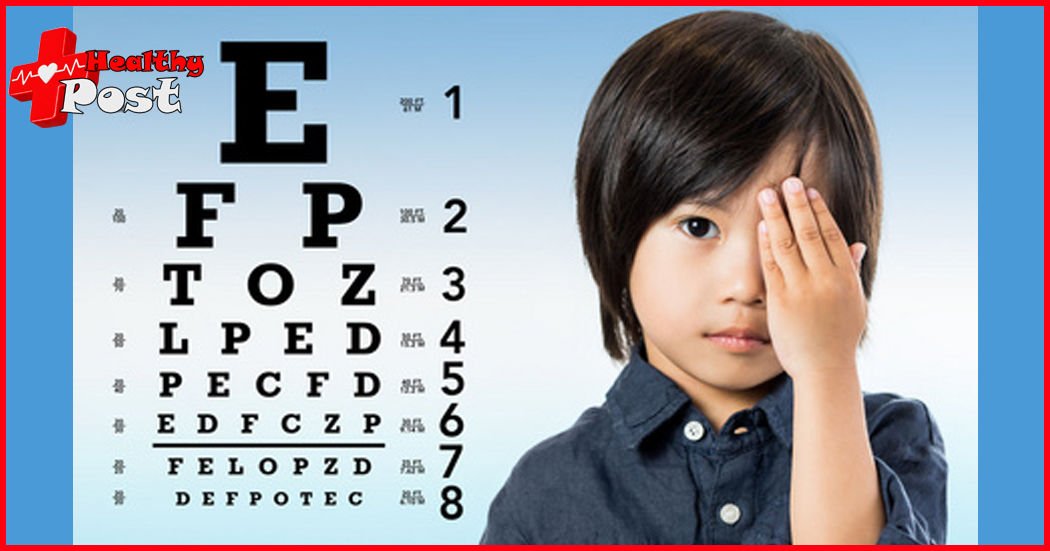
Understanding the Importance of Early Detection in Children Eye Test
Remember your child’s first steps? Their first words? They were moments of growth that certainly warmed your heart. But have you ever thought about your first Children eye test? When should it occur, and how influential could it be in their development? Welcome, dear readers, to a topic that might not have gained a front-seat in your parenthood journey yet; but indeed, deserves one. We’re talking about the importance of early detection in pediatric Children eye tests.
Jumping right in, what makes this so critical? Eye problems can significantly impede a child’s learning and development. The potential knock-on effects are profound. They may not only struggle to keep up with their peers, but crucial skills may be entirely overlooked in the process. As a loving parent, that’s the last thing you want.
So, let’s navigate this together! Let’s delve into why early detection is a necessity, explore the signs to watch for, and discuss how regular children eye tests could be the pivotal factor protecting your child’s vision, and consequently, their future.
The Critical Need for Early Eye Exam (Why?)
We all agree that clear vision is an integral part of our lives. But when it comes to kids, it’s more than just about seeing objects; it’s about developing a comprehension of the world around them. A child’s vision impacts their cognitive, social, and physical development. Therefore, early detection of vision problems can significantly influence their overall growth.
Children often assume that everyone sees the world as they do, which makes it difficult for them to realize their vision problems. A comprehensive children eye test can identify any irregularities, enabling you to intervene and prevent any further damages or developmental delays.
Moreover, kids are at a higher risk of eye injuries due to their curious and playful nature. Regular eye examinations can uncover such cases while teaching your child the importance of good eye health. Therefore, a leading part of promoting good visual health is early detection.
Why Your Child’s Learning is Dependent on Their Vision (What?)
Your child’s capacity to learn relies heavily on their vision. After all, 80% of what children learn in school is acquired through visuals. With sight playing such an influential role, any disruption can hinder your little one’s learning process.
A child with vision problems might struggle to follow along in class, display reading difficulties, and even battles with a short attention span. The longer these issues remain unaddressed, the greater the risk of falling behind in educational development.
Realizing this connection between vision and learning emphasizes the importance of regular children eye tests. Early detection could be the key to unlocking your child’s full potential at school.
The Right Time for an Eye Examination (When?)
Your first children eye test must happen even before they’re aware that they have eyes! The American Optometric Association suggests screenings should begin at six months. Further assessments should take place at three years and just before they start school, typically between the age of five and six.
However, these tests are not confined to the school door’s threshold. Regular follow-ups after school entry, ideally annually, are essential to monitor changes as your child continues to grow.
Regardless of these guidelines, trust your instincts. If you suspect your child may suffer from vision problems, don’t hesitate to arrange an additional eye examination.
The Red Flags – Signs of Vision Problems in Kids (Who?)
Spotting any issue with your child’s vision early can prevent unnecessary hurts in the long run. But what should you watch out for? Squinting, persistently rubbing eyes, holding books close to the face, and tilting the head to see better are some common warning signs.
Also, pay close attention to any recurring headaches your child might complain of, or difficulty in tracking objects. Early detection of these symptoms allows for necessary interventions, thereby preventing any potential vision loss or academic setbacks.
The Pros and Cons of Early Eye Examinations
Early eye examinations go a long way in securing your child’s visual health. The benefits are manifold. They promote healthy development, simplify learning, and contribute to overall well-being.
However, we cannot overlook some potential downsides. Your child may initially feel uncomfortable with the exercise or even frightened by the unfamiliar environment and instruments. The key is to approach the process with sensitivity, transforming it into a positive experience.
Remember, the temporary discomfort your child may feel carries no weight compared to the long-term benefits of early diagnosis and treatment.
Conclusion
When it comes to your child’s health, taking an anticipatory approach rather than a reactive one ensures their well-rounded growth. Early detection through regular children eye test is one such proactive measure that can potentially save your child from a delayed developmental path. Hence, it’s not hyperbole to state that early detection in pediatric children eye tests is a cornerstone for healthy child development. Indeed, it sets the stage for unimpeded learning and sets your child on a clear path to success. Like everything else we do for our kids, let’s make their visual health a paramount priority – the earlier, the better! Let’s foster an environment where they can continue to enjoy the beauty of learning and exploring their world with perfect vision.



3 thoughts on “Understanding the Importance of Early Detection in Children Eye Test”